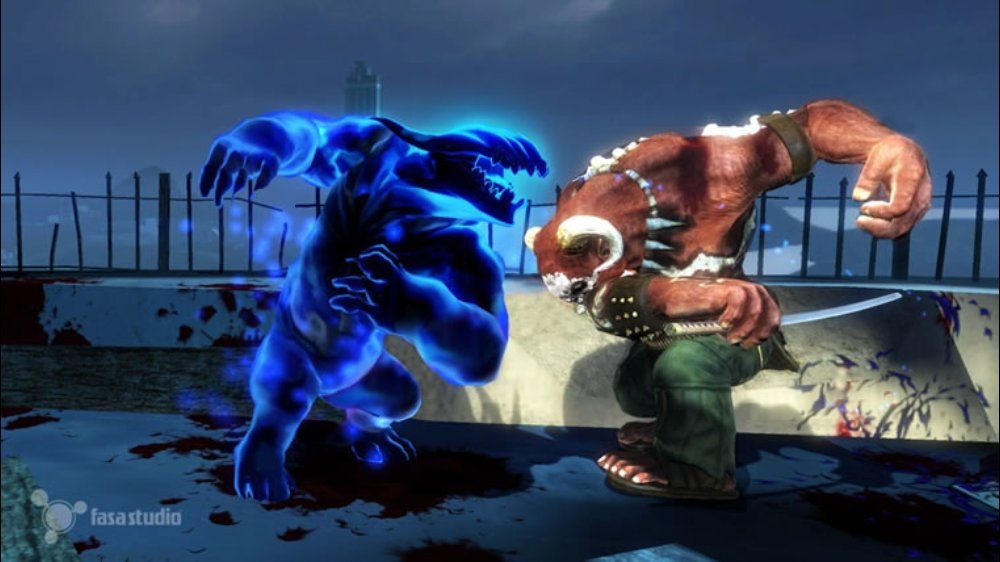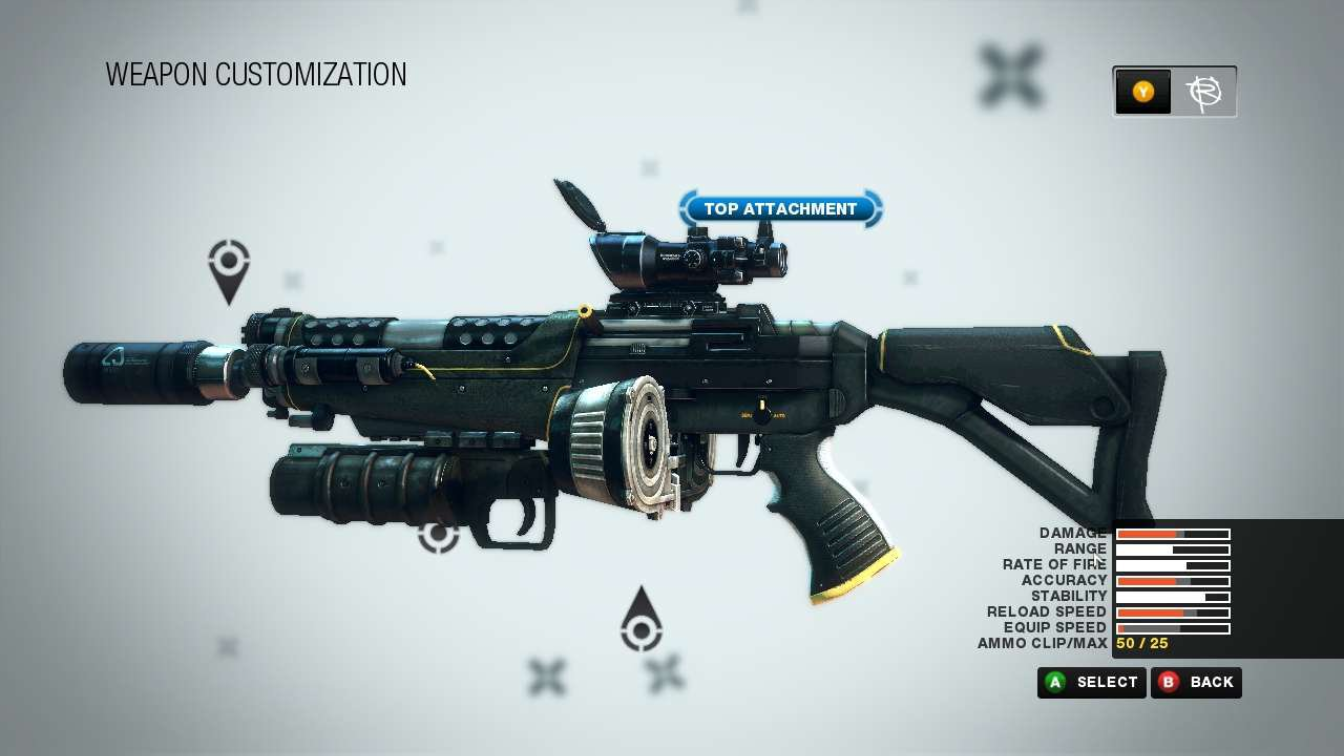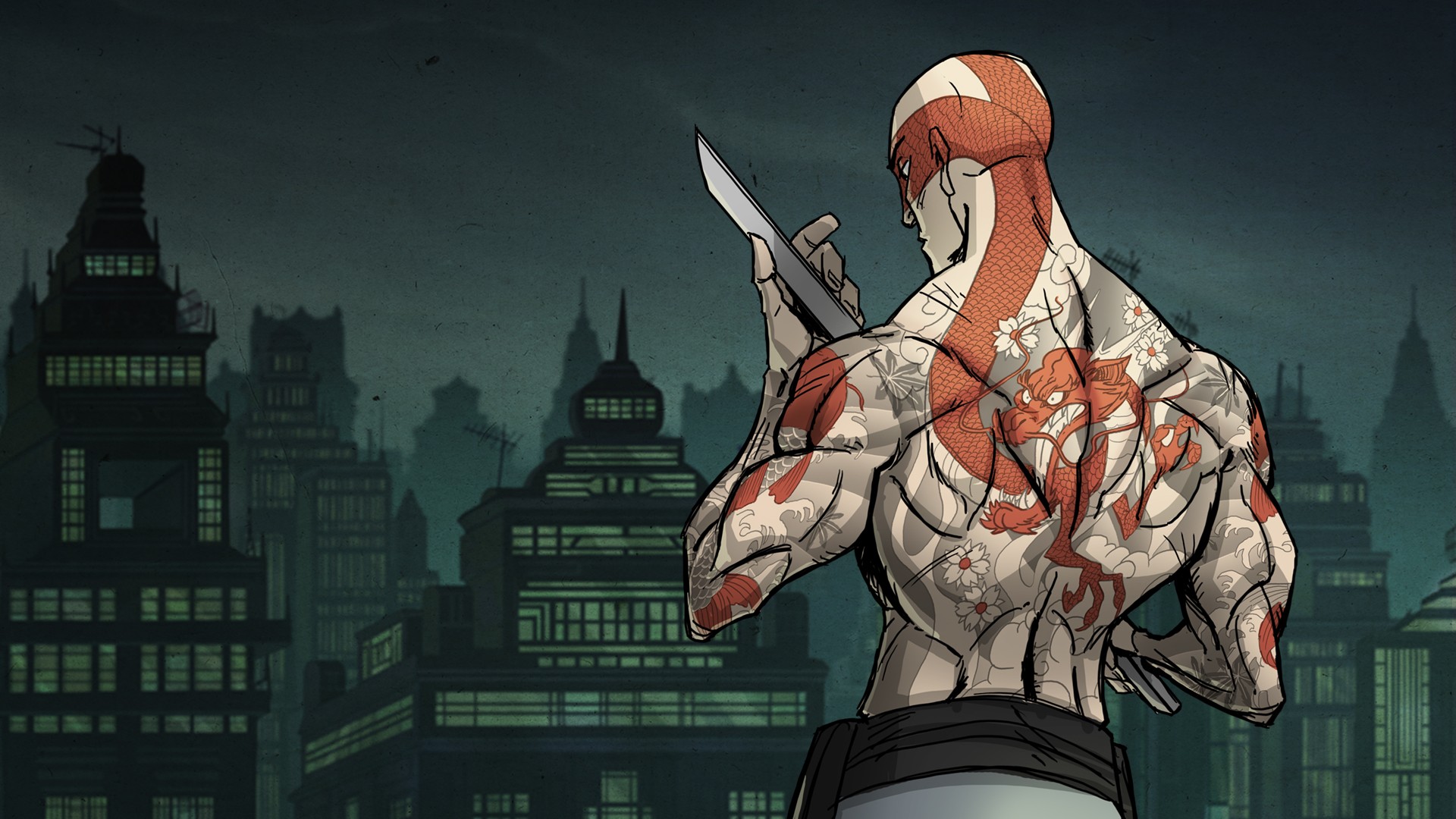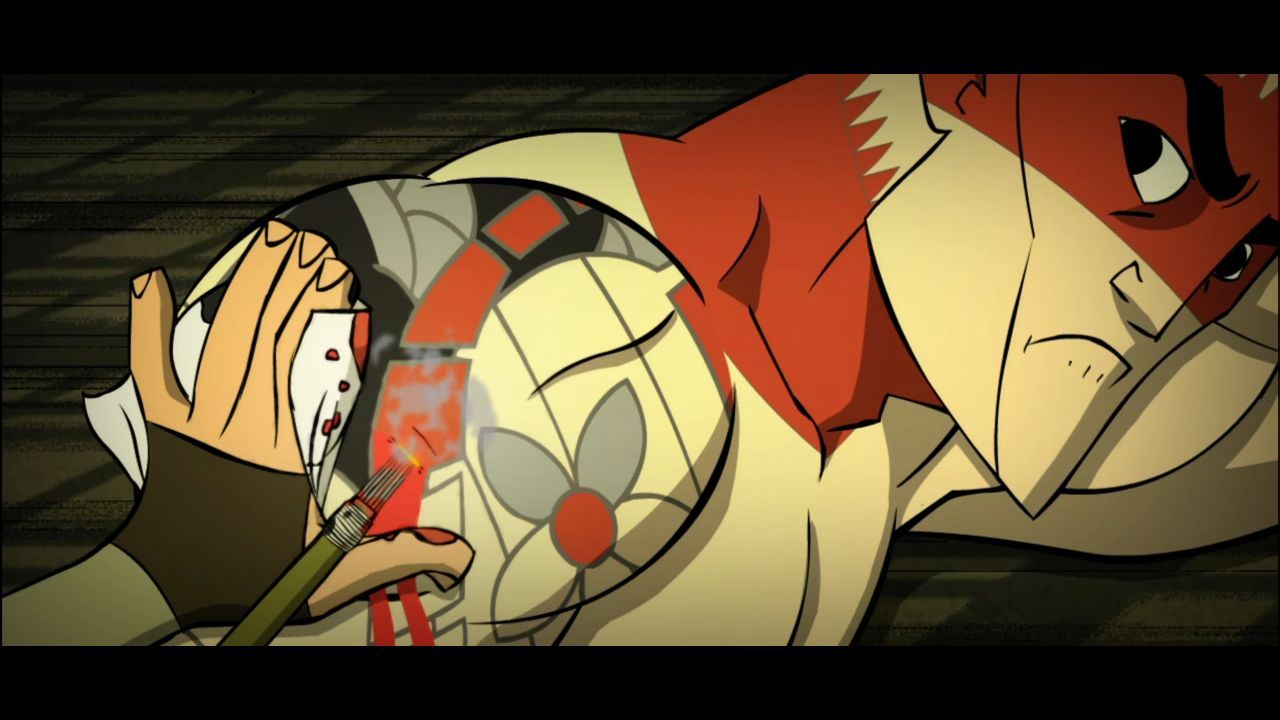To start this blog we are going to be looking at the first
person shooter Shadowrun and
breaking it down into its bits. I am going to talk about the game design atoms
and tell you why this game is one of my favorite first person shooters.
Players:
Shadowrun is a multiplayer exclusive game featuring no
single player campaign. What this game does offer is a great multiplayer
experience in a competitive environment. A normal game match features two
teams: RNA and Lineage. Depending on the game mode, they might be fighting over
an artifact or out to eliminate the other team. This would be classified as
Team Competition as teams fight for control of the round. Before players enter
the game they must choose between 4 races: human, elf, dwarf, or troll. Based
on the player’s choice of race, gameplay will pan out in a unique manor.
Objectives:
Although
Shadowrun is an FPS game, the universe is based originates from the tabletop,
role-playing game Shadowrun. Therefore Shadowrun is a game, but also the name of
the universe that it is based in. In the FPS game, every 5000 years magic
enters the world and then eventually fades away. Magic has just returned to the
world and RNA, a powerful munitions company sends a research team to examine an
artifact that was discovered. There was an accident and the research team wiped
out entire city. When they went back to clean up the city and control the
situation a resistance of locals formed to fight against RNA. This is where the
battle between RNA and The Lineage starts. That is why the two factions are
fighting but what do you fight for in game? There are three game modes,
attrition, extraction and raid. Attrition would be similar to team death match
where the objective is to kill the other team. In extraction, teams fight over
the artifact and carry it to their team’s extraction point. In raid RNA must defend the artifact while
Lineage must capture it and bring it to the extraction point. These game modes
offer team objective based gameplay.

Rules and Mechanics:
Shadowrun
has some of the most interesting gameplay mechanics that I have seen in a first
person shooter. The game is a mix of counter strike, halo, and an RPG. First
off a game can be broken down into rounds, each round lasts until the objective
is met or one team has killed the other. A game is a series of rounds, when a team
reaches 6 round wins then they win the game. In a round a player has one life
and when is killed, they have to wait for a teammate to use the spell resurrect
on them. Once a player is brought back to life with resurrect, they life is
tied to the player that resurrected them. If the player’s restructure dies then
they will start to bleed out. Their health slowly starts to lower until they eventually
die. One a player has been resurrected they cannot be brought back to life. As I
only had one life, the choices that I made in the game had more impact on the
way I played the game. Since I only had one life, I found myself planning
before the round started on my opening moves. The game started to become a
chess game in my head as I planned all my movement as one would do in chess.
The strategy that I found was a breath of fresh air for a first person shooter.
At the start
of reach round there is a buying phase where players can spend money on three
types of items: weapons, magic and tech. If you want to you can also send money
to your team allowing for teams to strategies their purchases. The default weapon
that all players start out with is the pistol, but players can buy weapons like
a submachine gun or a rifle for long range. The weapons you buy are much better
than the pistol and can give you the upper hand in a fire fight. Then there is
magic. Each race has a certain amount of essence. Each circle of essence can be
consumed to use a magic spell. A player’s essence will refill time. My favorite
magic spell is called teleport eight feet in the direction that they are moving
in. You can teleport through wall and floors making traversing the level to be
a lot of fun. This spell alone changes up combat as players are constantly
teleporting in and out of combat. Along with the resurrect spell there is a
spell called the tree of life. When a character is near the tree their health
slowly regenerates. There is more magic spell that change up combat and add unique
gameplay experiences. Then there is tech. If a character that is not a human
equips a tech they will lose circles of essence. The number of circles of
essence depends on the tech. Tech ranges from the ability to see through walls
to a glider that lets you glide around the map. With the combination of weapons,
magic and tech gameplay is always fun and exciting.
There are
four races that player choose from at the start of the game. Each race has its
own strengths and play styles. There is the human which has a medium health pool
and does not take an essence penalty for using tech. Then there is the toll
which has a high health pool and can use essence to harden its skin and take
less damage. The opposite of the troll is the elf with a low health pool and
the ability to regain its health with essence if it is out of combat. Elves also
have a higher run speed then other characters. Finally there is the dwarf with
a medium health pool and the ability to absorb the essence of nearby creatures.
As the dwarf can steal other creature’s essence, it slowly regenerates essence
and has I higher pool of essence. Each race has its own role and play style to
them. As Shadowrun is a complex game there are still other mechanics that I am
missing but these are the core ones. All this together makes the most interesting
mechanic in a first person shooter.

Resources
At the start
of each round there is time to use the shop to use the money that you get each
round. Depending on the previous round the money you get varies. You get more
money if you get kills, assist, and win the round. You can spend this money on
weapons, magic, tech or send it to your teammates. During the round players
must manage their magic and tech as they can only have them in four active slots.
Along with managing you magic and tech, players must balance using magic and
letting their essence recharge. Managing your essence and ammo is critical as
you want to make sure that you can use it when you need it.
Game States:
A game
consists of rounds and each round could be broken up into start, duration and
end. At the start of a round there is time to use the shop and equip you self
for the current round. After an amount of time the round will start and player
start to complete the game type’s objective. At the end of the round there will
be a ending state where it will show information about that round and the
entire game. Here players can see kills, deaths, assist, resurrects and
information like that. After the end state if the game is not over it will
start a new round, else it will return to the menu lobby.
Information:
Shadowrun
has a very structured game format and does not hide anything from the player.
There are no surprises with this the game system in this regard.
Sequencing:
Shadowrun’s
gameplay is in real time as it is a first person shooter. The rounds are
structured as buying stage, round starts, ending score display. This is constant
and does not change. One will follow the other until the game is over. Each round
has a time limit which puts pressure on the loosing team to pull ahead before
the timer runs out and the round is decided.
Player Interaction:
Shadowrun is
a multiplayer only game and is built on player interaction. There is an
objective that each team wants to complete and this creates conflict. The team
that works together usually comes out on top. This forces players to work with
their team in order to win. As there is no respawning in this game working with
your team and coordinating resurrects is a crucial team skill that players pick
up over time playing the game. Shadowrun was also one of the test games for cross platform multiplayer where you could play on your xbox or PC with game for windows live. Now this might be one of the reasons that it did not do so well as the concept was good but the execution was not. As it is 2013 and we still don't have cross platform games means that it was a bust.
Theme:
Shadowrun is
a universe as well as a game. The universe of Shadowrun is rich and expansive. Shadowrun
is not part of the original timeline of the roleplaying game but instead is a
spinoff using the same universe. The world is about magic returning to the
world and awakening a powerful artifact. There are two factions fighting over the
power of the artifact. Both parties want to keep the artifact from the other as
they do not feel like they can trust the other with the power. This soon
becomes a war for the artifact.
















































